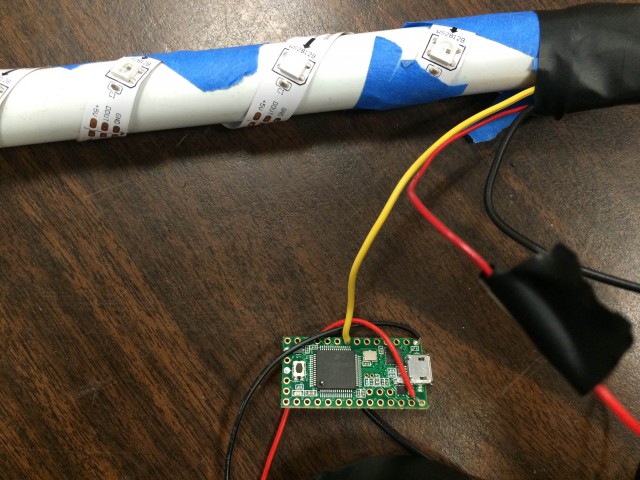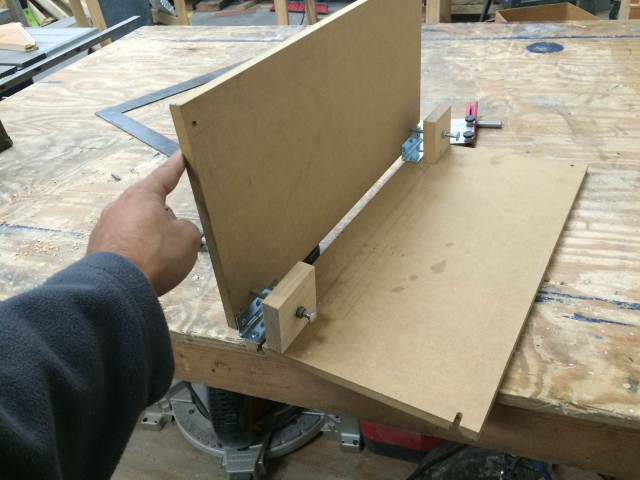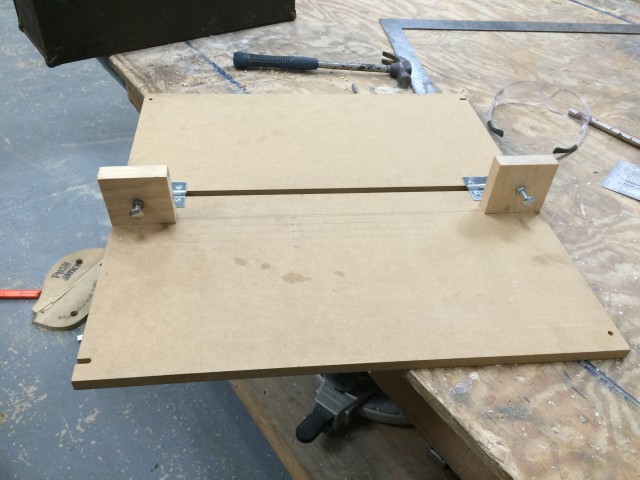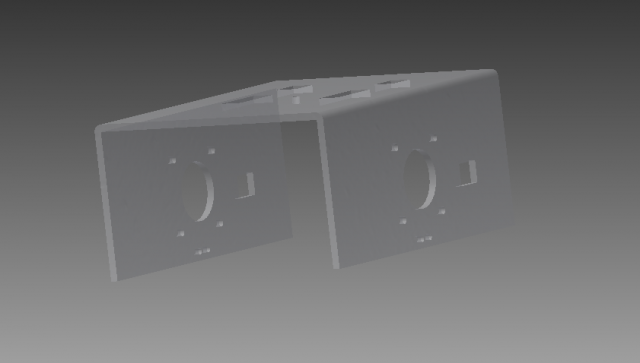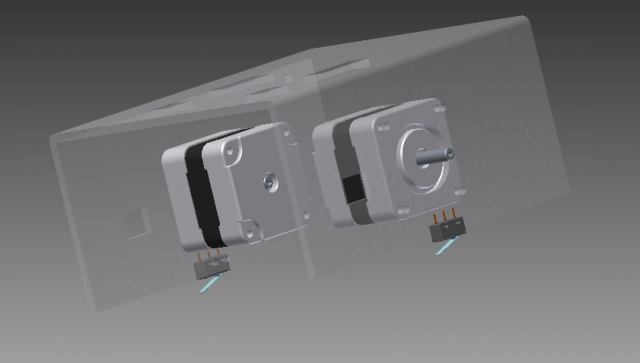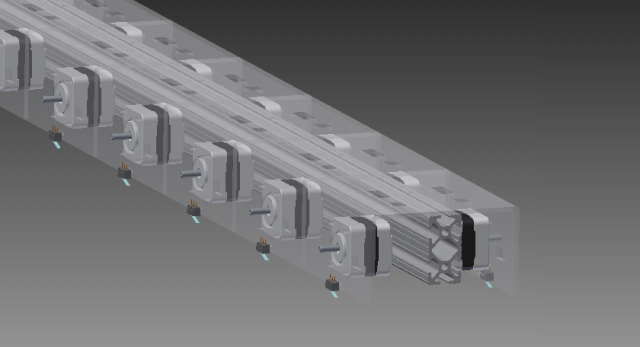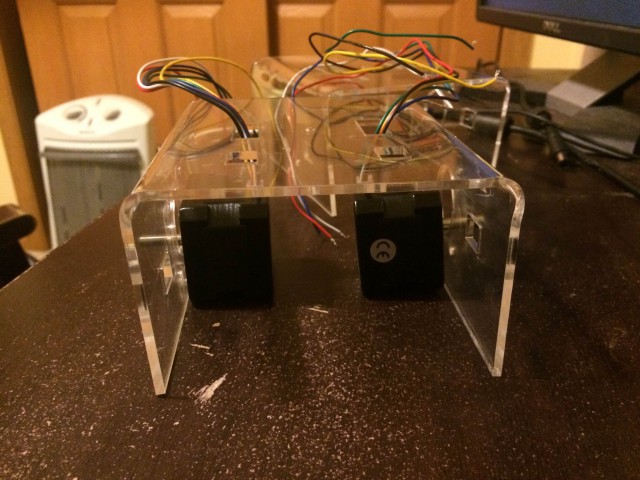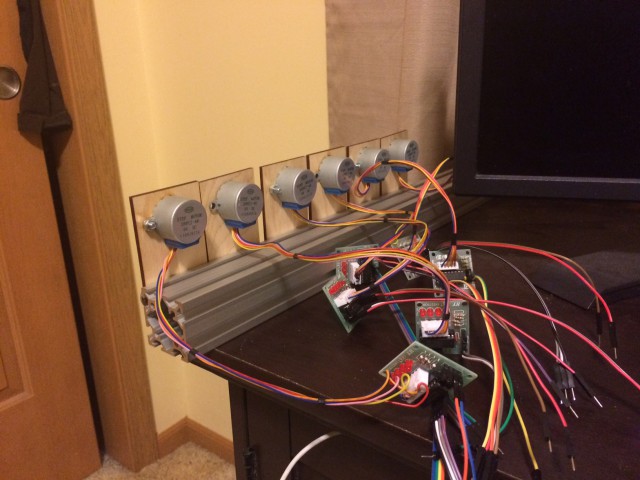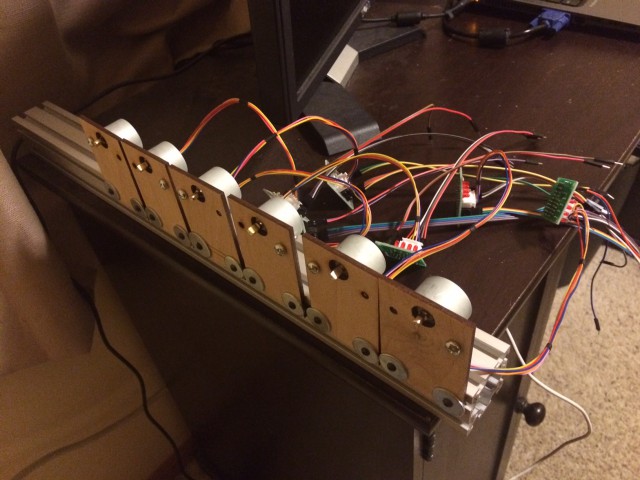A student from a local university reached out to us earlier this year to create a light based object for a class project. I volunteered to help her and after many iterations, we decided to build a diffused RGB Lamp.
The finger-jointed acrylic body was designed using makercase.com and laser cut.
I used the addressable RGB LED strip from Adafruit, called Neopixels, to provide the lighting effects. The LED strip was wrapped around a PVC pipe in a spiral so it could provide light on all four (4) sides. The spiral spacing gets tighter near the top to either to vary the lamp density for a cool effect or I got lazy since this was done at 1AM on a Monday morning – I’ll let you decide.
![]()
A Teensy 3.1 controls the strip using the Adafruit Neopixel library. Two (2) sets of three (3) rechargable NiMH batteries were used. At full charge, a bank provided 3.82 Volts. While the micro controller was running happily, the LEDs were noticeably dim. While the vellum paper diffused the lights effectively, the distance to the acrylic was relatively small, so brighter LEDs would have decreased the desired gradient effect anyway.
We cut the vinyl logo and border using a Silhouette CAMEO. The final design had to be mirrored since it would be adhered to the inside of the acrylic case using transfer paper. The text on the top did not cut very well so we’ll re-cut that bit with more optimized fonts. After seeing the results, I think I’ll create a lamp for myself as well.

